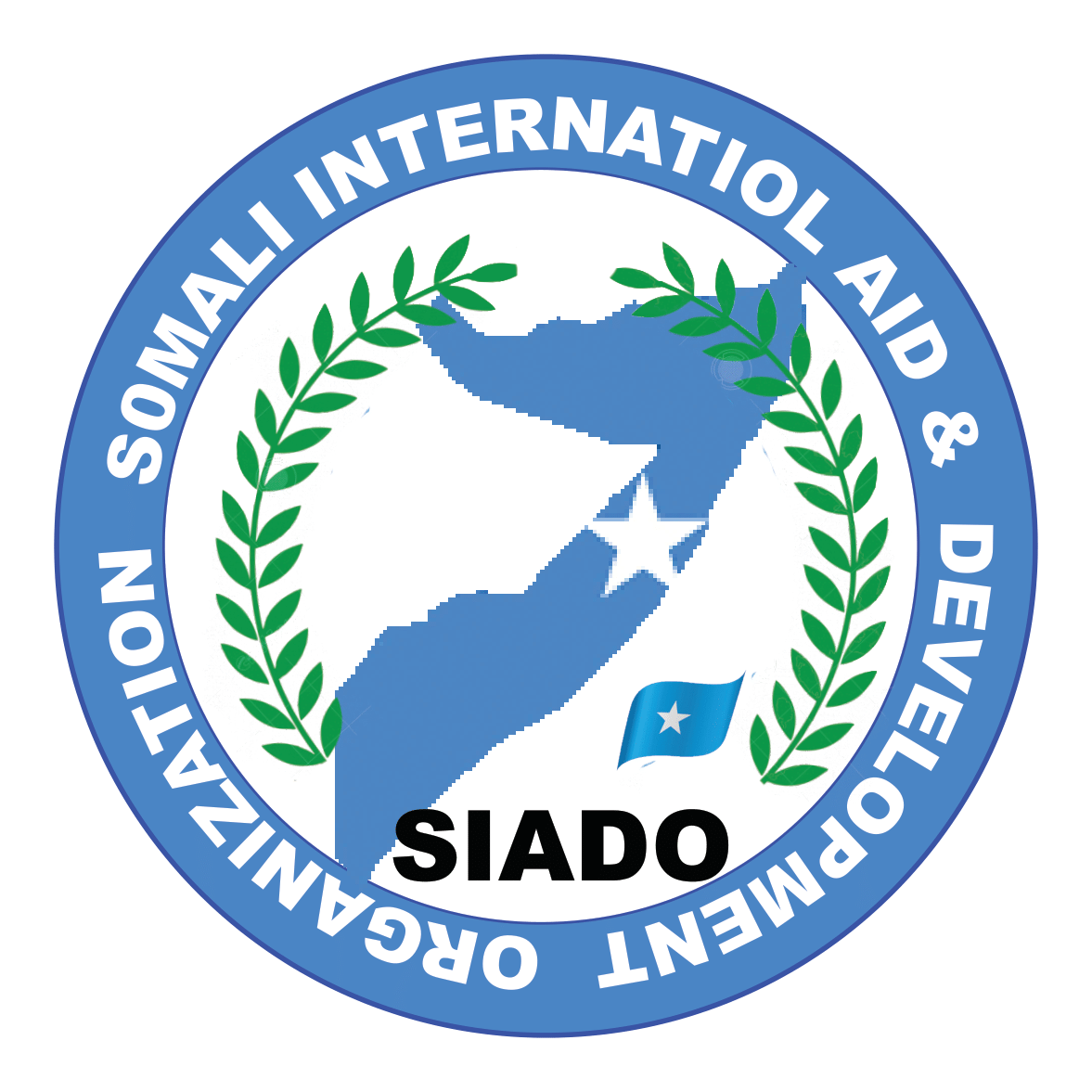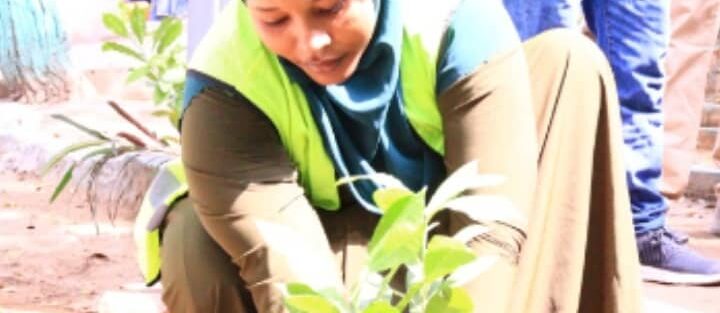Increased Intensity and Frequency of Droughts Traditionally, Somalia has always been prone to drought; however, climate change has significantly enhanced the frequency, period, and intensity of droughts in the last couple of decades. Prolonged drought leads to extreme water scarcity, low production of crops, and food insecurity. The degree of these drought conditions contributes to the degradation of key ecosystems such as pastures and sources of water, apart from increasing the level of rural poverty and displacement of large numbers of people.
Impact on Livelihoods: Pastoral communities in Somalia rely on livestock as their way of earning, and drought conditions have adversely affected the health and productivity of animals. The result is loss in income and livelihood that plunges more communities into poverty.
Food Insecurity: Drought reduces agricultural productivity; this has contributed to chronic food insecurity that has resulted in high malnutrition rates, especially among children.
2. Flooding and Erratic Rainfall Patterns
Besides the fear of droughts, Somalia faces higher levels of flooding in frequency and intensity due to irregular rainfall patterns and sea-level rise. Large seasonal flooding, happening in nearly all occasions during the major rainy seasons, has indeed become a source of unexpected devastation to communities that are not yet prepared or positioned to manage such severe weather events.
Displacement: Flooding has forced tens of thousands from their homes, with many fleeing to the most populous urban areas or into camps. This displaces civic infrastructure and strains valuable resources that are already in short supply.
Agriculture: Heavy rains and resultant flooding have ruined crops in agricultural regions, for example, Lower Shabelle. Flooding causes soil erosion that decreases over the long term the agricultural productive potential of such areas.
3. Sea-Level Rise and Coastal Erosion
Probably the most existential risk facing Somalia, the rise in sea levels presents a threat to the country’s communities along the coast, where the lion’s share of its population lives. This is wearing away at important land and infrastructure such as ports, roads, and housing. A number of key coastal towns in Somalia, such as Mogadishu, Kismayo, and Berbera, face high levels of risk related to flooding and storm surges.
Displacement: Coastal towns are forcibly relocated inland, adding to the pressure that strained resources and infrastructure in urban areas are trying to cope with. Coastal migration also stretches agricultural land, because displaced people would need to get food from neighboring communities for shelter.
Loss of Livelihoods: Communities dependent on fishing, salt production, and other coastal industries have witnessed destruction through the loss of coastal ecosystems and access to marine resources.
4. Ecosystem Degradation and Biodiversity Loss
Climate change hastens the destruction of natural ecosystems in Somalia, from forests and wetlands to rangelands. This consistent rise in temperature, along with irregular rainfall, causes habitat destruction and a concomitant loss in biodiversity.
Biodiversity and Livelihoods: If it continues at this rate, biodiversity loss-particularly that specific to flora and fauna native to Somalia-threatens livelihoods dependent upon these natural resources for subsistence and income.
Soil Degradation: The alteration of climate is causing increased desertification and erosion of soil, hence affecting agricultural and pastoral communities through reduced crop yields and reduction in pasturelands for the rearing of livestock.
5. Health Risks and Increase in Disease Transmission
Climate change exacerbates public health concerns in Somalia, creating an environment that fosters the spread of climate-sensitive diseases like cholera, malaria, and dengue fever. While floods create pools of standing water that become breeding sites for disease-carrying mosquitoes and other pests, the droughts bring about poor hygiene conditions and a lack of access to clean water, thus engendering increased incidence of waterborne diseases.
Malnutrition: Food insecurity caused by climatic elements leads to malnutrition, especially in children. This reduces their immunity and exposes them to many diseases.
Healthcare System Overload: The recurring health emergencies caused by the climate-induced diseases put extra pressure on the already weak healthcare system. This weakens the capacity for effective response.
6. Conflict and Resource Competition
Most specifically, climate change has increased the struggle for basic resources, such as water and land for food production. In Somalia, competition for resources has long been a source of conflict, and climate stressors have enhanced tensions between pastoralists, farmers, and other clans.
Displacement and Insecurity: Resource scarcity is often linked to internal displacement, where persons move to more favorable areas in search of what they need, hence increasing competition and tension. This displacement can spark armed conflict that further destabilizes regions already torn by political instability.
Increased Migration: Climate change also causes migration from rural areas to urban, seeking better resource accessibility. The effect of urban migration promotes the crowding of cities and infrastructural resources, making the solving of the needs of such displaced populations quite challenging.
7. Economic Losses
Climate change has imposed colossal economic effects on Somalia. The decrease in agricultural productivity, loss of livestock, and infrastructural damages are characterized by huge financial losses. Climate change prevents investment opportunities in main sectors like agriculture and tourism, and increases dependency on humanitarian aids.
Agricultural Economy: The Somalian economy is heavily dependent on agriculture and livestock; both sectors are vulnerable to any climate change impacts. Droughts, floods, and shifting weather patterns have been leading to poor crop yields and low productivity of livestock, hence the reduced national income.
It is clear that poverty and inequality go hand in hand, being more prevalent in the poorest communities, especially rural ones, and are highly vulnerable to climate-related shocks. These are the communities that can least afford to adapt to changes in climate and hence fall into a deeper cycle of poverty.
Conclusion and Recommendations
Critical impacts of climate change in Somalia urgently require a coordinated national and international response. In addressing these challenges, SIADO recommends the following:
Enhancing Resilience: Invest in sustainable agricultural practice, water management systems, and climate-resilient infrastructure contributing to reducing drought and flood impacts, alongside soil erosion.




